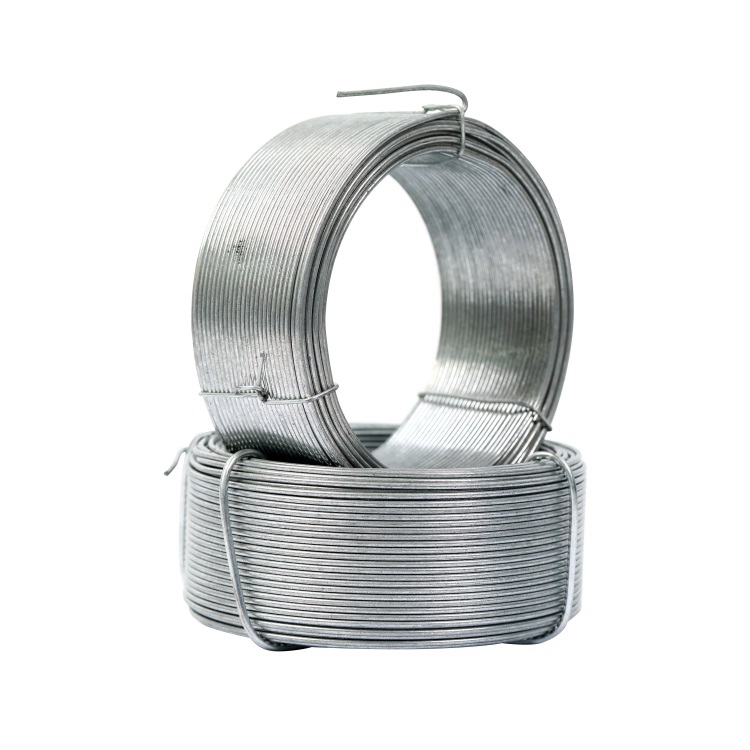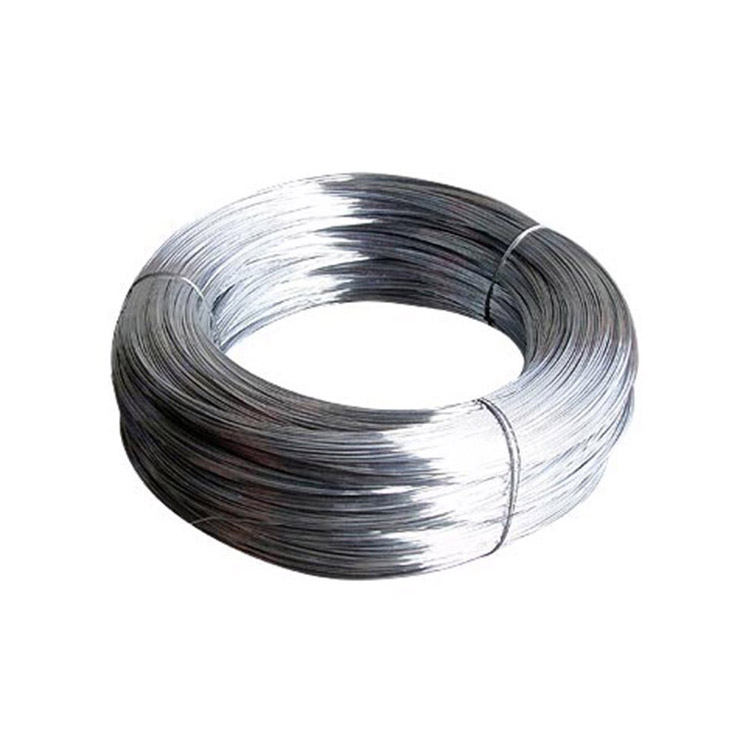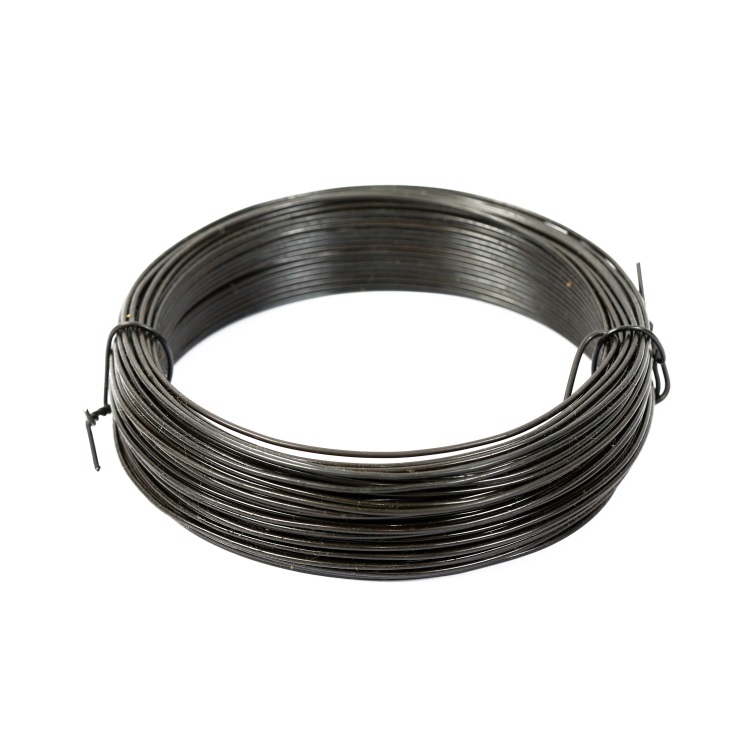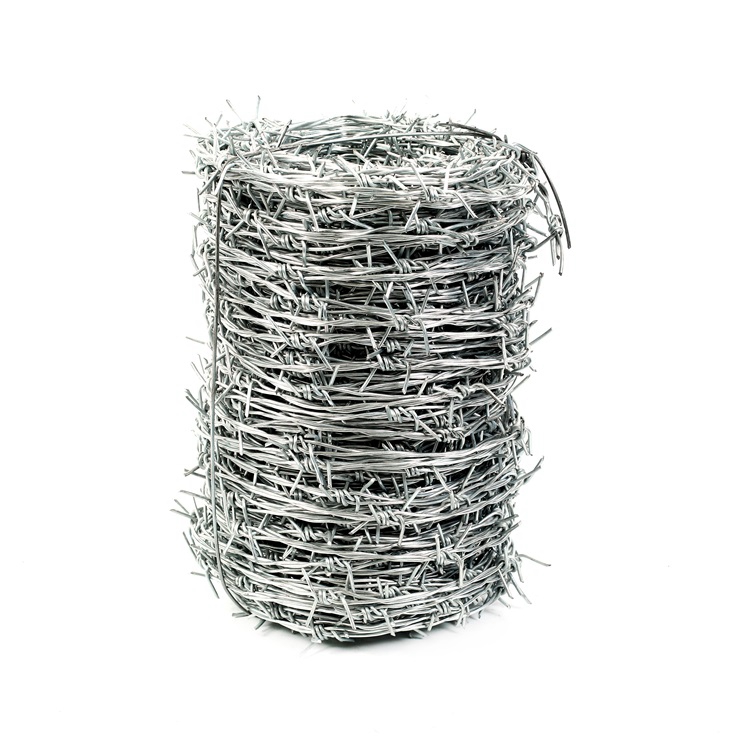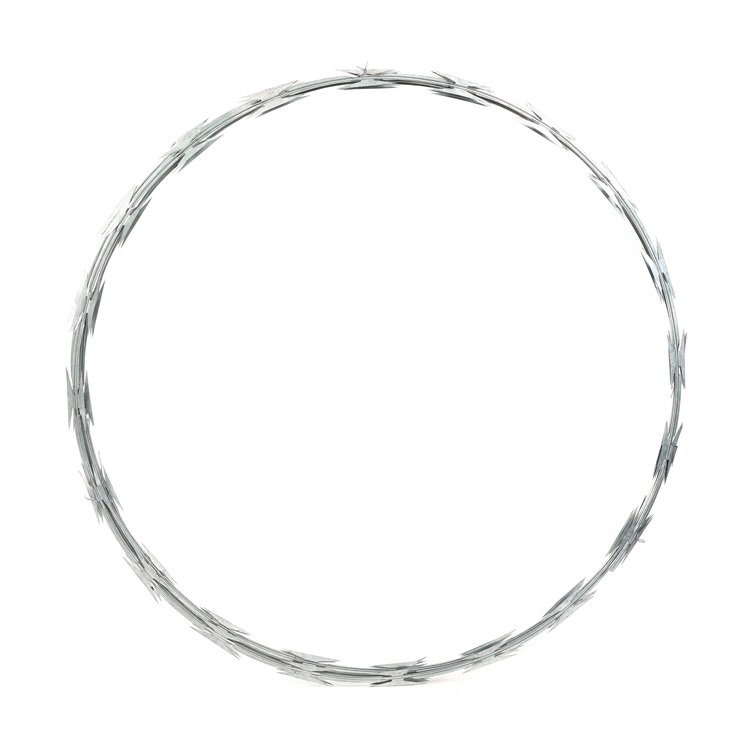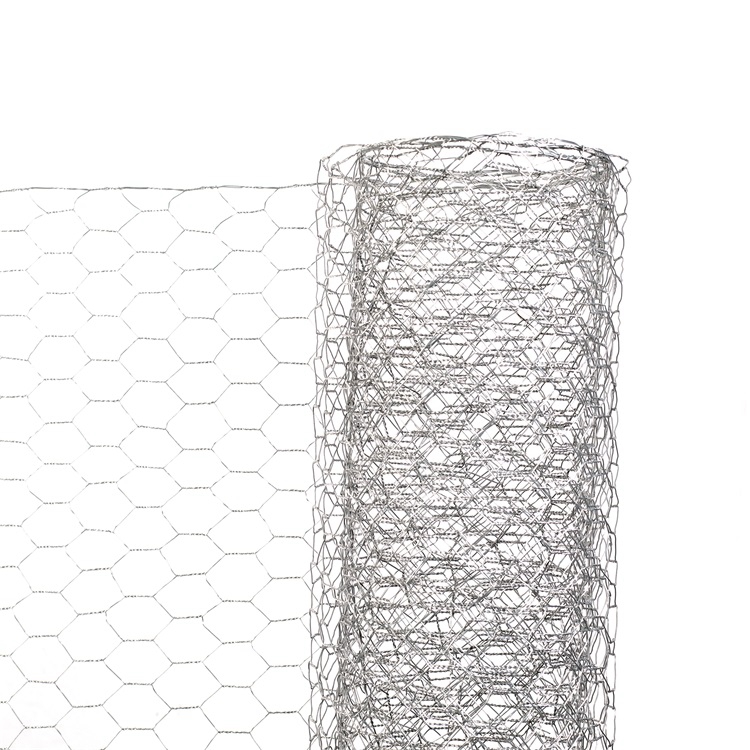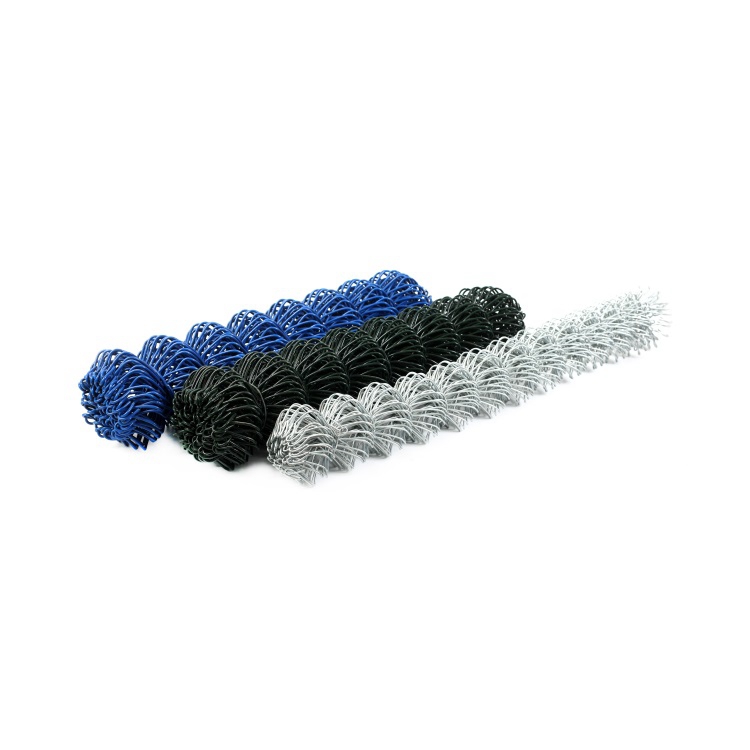Stucco Wire Mesh | Galvanized & Durable for Plaster Reinforcement
In the demanding landscape of modern construction, the selection of foundational materials is paramount for ensuring structural integrity and longevity. Among these, Stucco Wire Mesh stands out as a critical component, primarily used as a reinforcement for plaster and stucco applications. Its robust design and material properties are engineered to provide superior crack resistance, enhanced adhesion, and a durable substrate for various finishes. This article delves into the intricate details of this essential construction material, exploring its manufacturing, technical specifications, diverse applications, and the competitive advantages it offers to B2B professionals. Understanding the nuances of stucco reinforcement is key to achieving high-performance building envelopes that withstand environmental stresses and time.
Manufacturing Process Flow of Stucco Wire Mesh
The production of Stucco Wire Mesh is a multi-stage, precision-engineered process designed to yield a product of consistent quality and performance. The primary material typically involves low-carbon steel wire, which undergoes rigorous processing to meet industry standards.
Materials and Initial Processing
- Wire Rod Sourcing: High-grade low-carbon steel wire rods, compliant with ASTM A510 standards, are procured. These rods are selected for their optimal balance of strength and ductility.
- Wire Drawing: The wire rods are then drawn through a series of dies to achieve the desired wire gauge (e.g., 18, 17, 16 SWG), increasing tensile strength and ensuring uniform diameter.
- Surface Treatment (Optional): For specific applications requiring enhanced corrosion resistance, the wire may undergo pickling to remove impurities and prepare the surface for galvanization.
Mesh Fabrication and Galvanization
- Weaving/Welding: Depending on the mesh type (woven or welded), advanced automated machinery weaves or welds the drawn wires into the desired pattern and opening size. Common patterns include hexagonal (chicken wire), expanded metal, or welded square mesh.
- Galvanization: Post-fabrication, the mesh typically undergoes a galvanization process. This can be hot-dip galvanization (per ASTM A653) for maximum corrosion protection, or electro-galvanization for a smoother finish and lighter coating. This zinc coating acts as a sacrificial layer, significantly extending the service life of the mesh.
- Reinforcement Features: Many variants incorporate V-ribs or furring crimps during fabrication. These features ensure optimal stucco embedment and proper spacing from the substrate, crucial for preventing rust bleed and promoting uniform stucco thickness.
Quality Assurance and Finishing
- Testing Standards: Each batch undergoes rigorous testing to ensure compliance with international standards such as ASTM C933 (Standard Specification for Welded Wire Lath) and ASTM A641 (Standard Specification for Zinc–Coated (Galvanized) Carbon Steel Wire). Tests include wire diameter verification, tensile strength, zinc coating thickness, and mesh opening consistency. ISO 9001 certified manufacturers ensure traceability and consistent quality management.
- Roll Forming and Packaging: The finished mesh is cut to specified lengths and wound into rolls, which are then securely packaged to prevent damage during transit. Labeling includes product specifications, batch numbers, and manufacturer details.
The typical service life of properly installed and galvanized Stucco Wire Mesh can exceed 50 years, largely due to the protective zinc coating and robust steel substrate. Target industries include residential, commercial, and industrial construction, particularly in coastal regions or areas prone to moisture, demonstrating advantages in corrosion resistance and long-term structural stability.

Industry Trends in Stucco Wire Mesh and Plastering Reinforcement
The construction industry is constantly evolving, driven by demands for increased energy efficiency, sustainability, and enhanced durability. These trends significantly impact the development and application of materials like Stucco Wire Mesh.
- Sustainable Building Practices: There's a growing emphasis on green building and the use of materials with lower environmental impact. While steel mesh itself has a carbon footprint, its longevity and recyclability contribute to sustainable life-cycle assessments. Manufacturers are exploring advanced coatings and lighter gauge materials that maintain performance while reducing material usage.
- Performance-Based Design: Modern building codes and architectural designs increasingly demand performance specifications over prescriptive ones. This translates to a need for Stucco Wire Mesh products that offer verifiable enhancements in tensile strength, corrosion resistance, and fire resistance, often requiring more sophisticated testing and certification.
- Integration with EIFS and Modern Plaster Systems: While traditional stucco applications remain strong, there is an increasing integration of wire mesh with External Insulation Finishing Systems (EIFS) and other modern plastering techniques. This requires mesh products that are compatible with various layers and provide optimal mechanical bond to different substrates, including foam boards and cementitious backer units.
- Advanced Corrosion Protection: With structures built in harsher environments (e.g., coastal, industrial), the demand for superior corrosion protection has led to the development of mesh with heavier zinc coatings or even alternative materials like stainless steel or synthetic fibers for specialized applications, though galvanized steel remains the industry standard for cost-effectiveness and performance.
- Labor Efficiency and Ease of Installation: To combat rising labor costs, there's a trend towards mesh products that are easier and faster to install, such as self-furring designs that eliminate the need for furring nails or strips, or wider rolls that reduce the number of laps required.
Technical Specifications of Stucco Wire Mesh
The performance of Stucco Wire Mesh is dictated by a precise set of technical parameters. These specifications ensure the mesh provides the necessary structural reinforcement and adhesion for stucco and plaster applications.
| Parameter | Typical Specification (Galvanized Steel) | Relevant Standard(s) |
|---|---|---|
| Material | Low Carbon Steel, Galvanized | ASTM A510, ASTM A641 |
| Wire Gauge (SWG) | 16, 17, 18, 20 (common) | ASTM C933, Local Building Codes |
| Mesh Opening | 1" x 1", 1.5" x 1.5", 2" x 2" (welded); 1.5" hexagonal (woven) | ASTM C933, ASTM C1032 |
| Zinc Coating Weight | 0.28 oz/ft² (min. G60), 0.50 oz/ft² (min. G90) | ASTM A653, ASTM A641 |
| Roll Width | 24", 27", 36", 48" (standard) | Industry Practice |
| Roll Length | 150 linear feet (standard) | Industry Practice |
| Self-Furring Depth | 1/4" to 3/8" (for V-groove or crimped types) | ASTM C933, Manufacturer Spec. |
These specifications are crucial for architects, engineers, and contractors to ensure that the chosen Stucco Wire Mesh product meets the structural and longevity requirements of their projects, particularly in diverse climatic conditions and for various building types.
Application Scenarios and Technical Advantages
Stucco Wire Mesh is indispensable across a spectrum of construction applications, primarily due to its inherent technical advantages that significantly enhance the durability and aesthetic appeal of finished surfaces.
Typical Application Scenarios
- Exterior Wall Systems: The most common application involves reinforcing exterior stucco walls, providing a stable base for multiple coats of plaster. This is prevalent in both residential and commercial buildings, from single-family homes to high-rise structures, especially in regions requiring robust weatherproofing.
- Masonry and Concrete Repair: Stucco Wire Mesh is used to reinforce repair patches on masonry and concrete surfaces, preventing future cracking and ensuring a strong bond for new plaster or mortar applications.
- Ceiling and Soffit Plastering: For interior or exterior ceilings and soffits that require a smooth, crack-free plaster finish, the mesh provides essential support and reinforcement, preventing sag and improving adhesion.
- Specialty Architectural Features: Used in the creation of curved walls, arches, and other intricate architectural elements, where its flexibility allows it to conform to various shapes while maintaining structural integrity for the plaster finish.
- Fireproofing and Soundproofing Enclosures: In conjunction with fire-rated or acoustic plaster systems, the mesh helps to encapsulate and support the dense materials, contributing to the overall performance of fire and sound barriers.
Technical Advantages
- Superior Crack Resistance: By distributing stress evenly across the stucco surface, the mesh significantly reduces the likelihood of shrinkage and thermal cracking, extending the life of the finish.
- Enhanced Adhesion and Mechanical Bond: The open weave or pattern of the mesh creates a crucial mechanical key, allowing the plaster to fully embed and bond securely, preventing delamination and ensuring structural cohesion. Self-furring variants further optimize this by maintaining ideal space between the mesh and the substrate.
- Corrosion Resistance: Galvanization, a standard feature for most stucco meshes, provides excellent protection against rust and corrosion, even in humid or coastal environments. This is vital for maintaining the structural integrity of the reinforcement over decades.
- Durability and Longevity: Made from robust steel, the mesh offers exceptional durability, capable of withstanding the rigors of construction and long-term environmental exposure without degradation. This ensures a prolonged service life for the entire stucco system.
- Versatility: Available in various gauges, mesh sizes, and with different furring depths, it can be tailored to suit a wide range of stucco thicknesses and substrate types, offering flexibility in design and application.
- Cost-Effectiveness: While an initial material cost, the long-term benefits of reduced maintenance, crack prevention, and extended lifespan make Stucco Wire Mesh a highly cost-effective solution for durable plastering.
Vendor Comparison: Selecting the Right Stucco Wire Mesh Supplier
Choosing the appropriate supplier for Stucco Wire Mesh is a critical decision that impacts project quality, budget, and timelines. A thorough comparison based on key criteria is essential for B2B procurement professionals.
| Criterion | Five Star Metals (Example) | Competitor A (Typical) | Competitor B (Specialized) |
|---|---|---|---|
| Product Range | Extensive: Welded (square, rectangular), Woven (hexagonal), Self-Furring, Heavy Duty, Corner Mesh | Standard: Welded and Woven in common gauges | Niche: High-grade stainless steel, synthetic meshes |
| Quality & Certifications | ISO 9001 certified, ASTM C933, ASTM A641, G60/G90 Galvanization, consistent QC | Meets basic ASTM, often G60 galvanization | Specific high-performance certs (e.g., hurricane resistance) |
| Customization Options | Wire gauge, mesh opening, roll dimensions, specific galvanization levels, furring depth | Limited to standard variations | Highly customizable for unique projects |
| Lead Time & Logistics | Competitive lead times (e.g., 2-4 weeks for standard, 6-8 weeks for custom), global shipping | Standard lead times, regional shipping | Potentially longer lead times due to specialization |
| Pricing Structure | Volume-based discounts, competitive unit pricing for high quality | Market rate, less flexibility for large orders | Premium pricing for niche products |
| Technical Support | Dedicated technical sales team, engineering consultation, installation guides | Basic product support | In-depth R&D support for complex solutions |
When evaluating vendors, consider not just the price per roll, but the total value proposition, including product quality, compliance with specifications, supply chain reliability, and the level of technical support provided. A supplier with a strong track record and comprehensive offerings like Five Star Metals can be a strategic partner for sustained project success.
Customized Solutions for Stucco Wire Mesh
While standard Stucco Wire Mesh products meet the requirements of most projects, specific architectural designs, environmental conditions, or performance mandates often necessitate customized solutions. Leading manufacturers understand this demand and offer tailored mesh products.
Areas of Customization
- Wire Gauge and Material: Custom wire diameters can be specified for projects requiring enhanced strength (e.g., for heavy-duty stucco systems) or reduced weight. Beyond galvanized steel, options like stainless steel (for extreme corrosion resistance) or even synthetic fibers (for specific chemical resistance or non-metallic reinforcement) can be explored.
- Mesh Opening Configuration: While standard mesh sizes are common, unique projects might benefit from different opening sizes or patterns to optimize plaster embedment, accommodate specialized aggregates, or achieve a specific aesthetic interaction with the finish.
- Roll Dimensions: Custom roll widths and lengths can be manufactured to minimize waste and optimize installation efficiency for large-scale projects or to fit non-standard wall heights. This reduces cutting time and overlapping, leading to significant labor savings.
- Furring Depth and Profile: For unique substrate materials or thicker stucco applications, custom furring depths or alternative rib profiles can be engineered to ensure proper embedment and air gap, preventing issues like rust streaking or insufficient mechanical bond.
- Specialized Coatings: Beyond standard galvanization, custom coatings might include PVC coating for specific chemical resistance or color requirements, or enhanced galvanization weights (e.g., G100 or G115) for severely corrosive environments.
Engaging with a manufacturer that possesses robust engineering and production capabilities allows clients to overcome project-specific challenges. This collaborative approach ensures that the Stucco Wire Mesh is not merely a generic component but an optimized solution integrated into the overall building envelope strategy.

Application Case Studies
Real-world applications demonstrate the tangible benefits and reliability of high-quality Stucco Wire Mesh in diverse construction projects.
Case Study 1: Coastal Residential Development
- Challenge: A luxury residential complex in a highly corrosive coastal environment required an exterior stucco system with exceptional durability and crack resistance to withstand salt air, high humidity, and hurricane-force winds.
- Solution: The project utilized heavy-gauge, hot-dip galvanized Stucco Wire Mesh (G90 coating, 17-gauge welded wire) with integrated V-ribs for optimal furring. This specification ensured superior corrosion protection and a robust substrate for the multi-coat cementitious stucco.
- Outcome: After five years, the stucco facades show no signs of corrosion bleed, significant cracking, or delamination, significantly exceeding the performance of typical stucco systems in similar environments. The client reported excellent tenant satisfaction regarding the building's exterior integrity and minimal maintenance requirements.
Case Study 2: Historic Renovation of a Commercial Building
- Challenge: A century-old commercial building undergoing a façade restoration required a stucco system that could seamlessly integrate with existing historic elements while providing modern performance and crack resistance. The substrate was a mix of original brickwork and new structural infill.
- Solution: A flexible, self-furring, woven hexagonal Stucco Wire Mesh (18-gauge, galvanized) was selected. Its adaptability allowed for easy installation over the varied substrate, while its self-furring properties ensured consistent stucco thickness and proper embedment, critical for a uniform historic finish.
- Outcome: The renovation achieved a historically accurate and durable stucco finish. The mesh effectively bridged the disparate substrate materials, preventing differential movement cracks. The project was completed on time, and the building's revitalized exterior contributes significantly to the local heritage district.
Frequently Asked Questions (FAQ)
-
Q: What is the primary purpose of Stucco Wire Mesh?
A: Its primary purpose is to reinforce stucco and plaster, providing a stable substrate, enhancing adhesion, and significantly reducing the risk of cracking due to shrinkage, thermal expansion, or minor structural movements. -
Q: Is galvanization necessary for Stucco Wire Mesh?
A: Absolutely. Galvanization (zinc coating) is crucial for protecting the steel wire from corrosion, which can lead to rust stains on the stucco surface (rust bleed) and compromise the structural integrity of the mesh over time. Hot-dip galvanization (G90) offers superior protection. -
Q: What is the difference between woven and welded wire mesh for stucco?
A: Woven mesh (e.g., hexagonal chicken wire) is more flexible and often used for irregular surfaces or where some movement is anticipated. Welded mesh provides greater rigidity and dimensional stability, preferred for flat, uniform surfaces requiring robust reinforcement. Both offer excellent plaster key. -
Q: How does self-furring mesh work?
A: Self-furring mesh incorporates crimps, dimples, or V-ribs that automatically hold the mesh away from the sheathing by a specific distance (typically 1/4" or 3/8"). This creates an essential space for the stucco to fully embed and encapsulate the mesh, preventing rust bleed and ensuring a strong bond. -
Q: What gauge of wire mesh should I use?
A: The appropriate wire gauge depends on local building codes, stucco system type, and environmental factors. Common gauges range from 18 to 16 SWG for standard applications. Heavier gauges (e.g., 17 or 16) provide increased strength and are often specified for demanding conditions or thicker stucco layers. Always consult project specifications and local codes.
Lead Time, Fulfillment, and Warranty Commitments
Reliable supply chain management and transparent customer support are integral to B2B operations. Manufacturers like Five Star Metals prioritize these aspects to ensure seamless project execution.
Lead Time and Fulfillment
For standard Stucco Wire Mesh products, typical lead times range from 2 to 4 weeks, depending on order volume and current inventory levels. Expedited shipping options are available for urgent project requirements. Customized orders, due to specialized production runs, generally have a lead time of 6 to 8 weeks, with specific timelines communicated upon detailed order confirmation. We leverage a robust global logistics network to ensure efficient delivery to construction sites and distribution centers worldwide, maintaining consistent product availability and on-time fulfillment.
Warranty Commitments
All Stucco Wire Mesh products are backed by a comprehensive warranty, guaranteeing freedom from manufacturing defects and adherence to published technical specifications (e.g., ASTM standards for material composition, galvanization, and dimensions). Our standard product warranty typically extends for a period of 10 years from the date of purchase, contingent upon proper storage, handling, and installation in accordance with industry best practices and manufacturer guidelines. For specific high-performance or customized solutions, extended warranty options may be available.
Customer Support Information
Our dedicated customer support team is available to assist with product selection, technical inquiries, order tracking, and post-sales support. We offer direct access to product specialists and engineering resources for complex project challenges. You can reach us via phone at +1 (XXX) XXX-XXXX, email at sales@fivestar-metals.com, or through our website's inquiry form. Our commitment extends beyond delivery, ensuring that our partners receive expert guidance and support throughout the entire project lifecycle.
References
- ASTM International. "ASTM C933/C933M-20, Standard Specification for Welded Wire Lath." ASTM International, West Conshohocken, PA, 2020, www.astm.org
- ASTM International. "ASTM A641/A641M-17, Standard Specification for Zinc–Coated (Galvanized) Carbon Steel Wire." ASTM International, West Conshohocken, PA, 2017, www.astm.org
- Stucco Manufacturers Association. "Stucco Resource Guide." Stucco Manufacturers Association, 2022, www.stuccomfgassoc.com
- Portland Cement Association. "Plaster and Stucco Handbook." Portland Cement Association, 2018, www.cement.org
-
Discount 16 d Common Nails - Bulk, Durable, Fast Shipping
NewsNov.17,2025
-
Finish Nails - Durable, Rust-Resistant, Clean Countersink
NewsNov.17,2025
-
Barbed Wire: Galvanized, High-Tensile Security Fencing
NewsNov.17,2025
-
Discount 16 d Common Nails – Bulk, Durable, OEM Options
NewsNov.17,2025
-
Welded Steel Tube Temporary Fence – Galvanized, Durable
NewsNov.04,2025
-
Barbed Wire – High-Tensile, Galvanized, Bulk & Fast Shipping
NewsNov.04,2025







